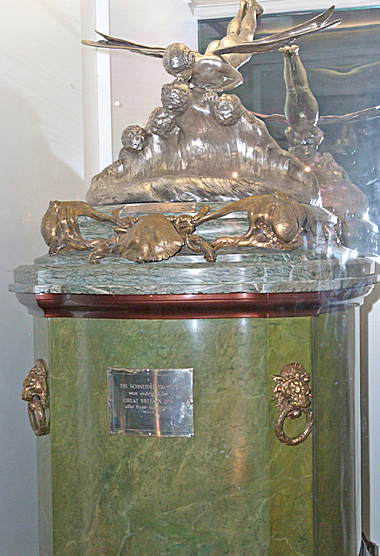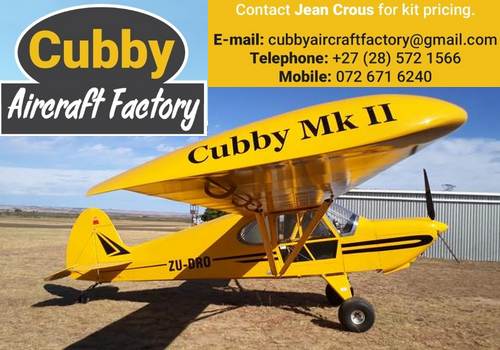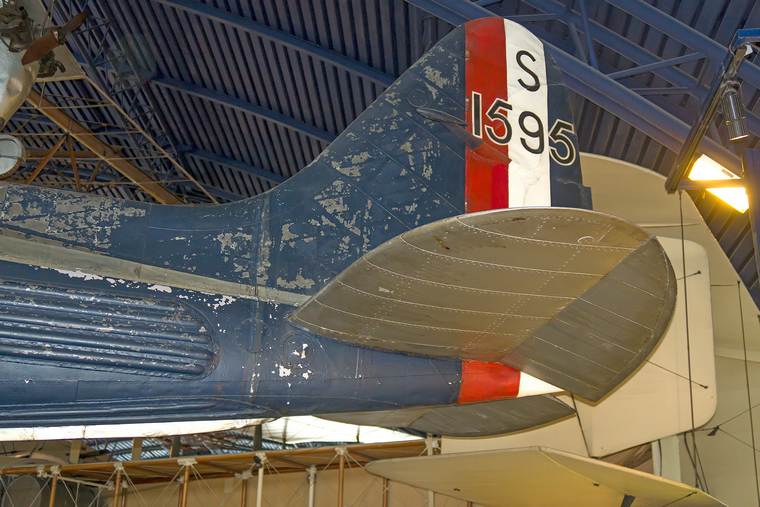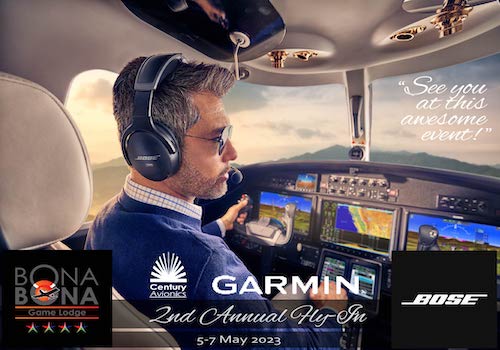




















Supermarine S.6B - The Schneider Trophy winner
By Pete van der Spek
Google Banner Ad
This particular aircraft was the winner of the Schneider trophy in 1931 and the final time the British nation had won the trophy - three times in a row - and so became the proud "owners" of the trophy. The trophy is on display in the Science Museum in a glass enclosure.


The S.6B was designed by R.J. Mitchell - the designer of arguably the most famous aircraft built during WW2 - the Spitfire. It was purely designed to win the trophy and had several very clever designs incorporated into the aircraft and held the air speed record of 407.5mph (655.67kph), recorded two weeks after the trophy winning flight.





For instance, the S.6B had radiator tubes built into the fuselage for cooling and also built into the floats which enabled the engine to be cooled. RJ Mitchell called it the "flying radiator". The Rolls Royce engineers managed to boost the engine output from 1,900 hp to 2,300 hp. This of course brought heating issues and hence the innovative idea of the radiator design. The engine type used was the Rolls Royce R which was the forerunner of the Merlin engine used in the Spitfire.

In the photographs one can see the radiator pipes on the side of the aircraft. The aircraft is particularly difficult to photograph as the Flight exhibition is packed with other aircraft.

The S.6B in the Science Museum has a dummy engine but the rest of the aircraft is the real deal. One can clearly see the resemblance to a Spitfire. It was built for speed and every trick in the book back then was utilised by RJ Mitchell to achieve the speed necessary to do this.


The S.6B was a development of the S4, S5 and S6 rather than a completely new design. It was a case of why fix something that already works well. Although the predecessors having won the previous two races, the funding for the S.6B from the government was withdrawn and only a donation from a private person, Lady Houston, encouraged the government to return with funding to complete the aircraft.
The main differences from the S.6 and the S.6B was increased power and the floats were redesigned to allow for reduced drag. The two aircraft built were S1595 and S1596.



On the 13th September 1931, Flt.Lt. John Boothman went out and attained a speed of 547.19kph flying a triangular course over the Solent and as the only competitor (the competition either had misfortune or delays in getting to the "start line"), the British won the trophy for a third time in a row and therefore got to keep the Schneider trophy.


After the competition and record-breaking flights, S1595 and S1596 were retired. S1595 was donated to the Science Museum but the fate of S1596 is unknown. It is known that S1596 was involved in a landing accident on one of her runs and sank. It was retrieved and repaired but beyond that, no-one seems to know what happened to the aircraft. There has been lots of discussion but nothing concrete has ever been discovered.

The Schneider trophy is a beautiful work of art. It is mounted on a marble base and the sculpture is made of silver and bronze and depicts a "zephyr skimming the waves with a nude winged figure kissing the zephyr". The trophy cost 25,000 francs.
A visit to the Science Museum and viewing the flight gallery is worthwhile when are next in London. The museum is free and vast. Set aside at least three to four hours to view the whole museum.

The poor man's Spitfire - the Globe Swift

Google Banner Ad
Google Banner Ad
 |
 |
 Copyright © 2024 Pilot's Post PTY Ltd
The information, views and opinions by the authors contributing to Pilotís Post are not necessarily those of the editor or other writers at Pilotís Post.
Copyright © 2024 Pilot's Post PTY Ltd
The information, views and opinions by the authors contributing to Pilotís Post are not necessarily those of the editor or other writers at Pilotís Post.